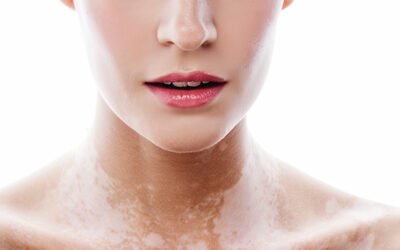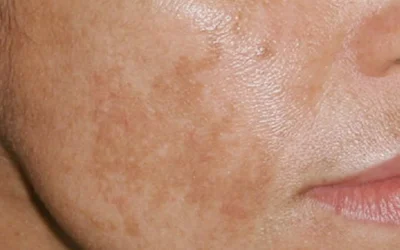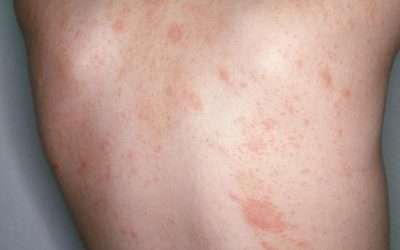Lichen nitidus
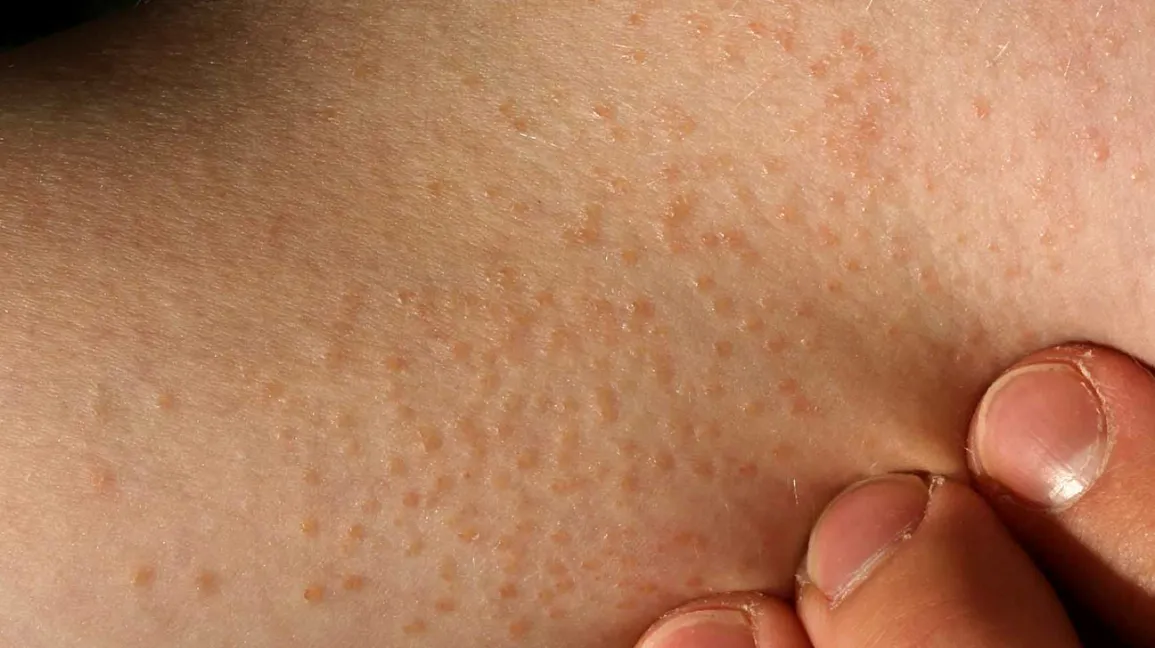
- It occurs equally often in both men and women
- More common in children and young adults
- The exact cause of the disease is not clear
- The manifestation of the disease may be related to genetics
- Characteristic to people with other diseases (lichen planus, atopic dermatitis, Crohn’s disease, tuberculosis and others)
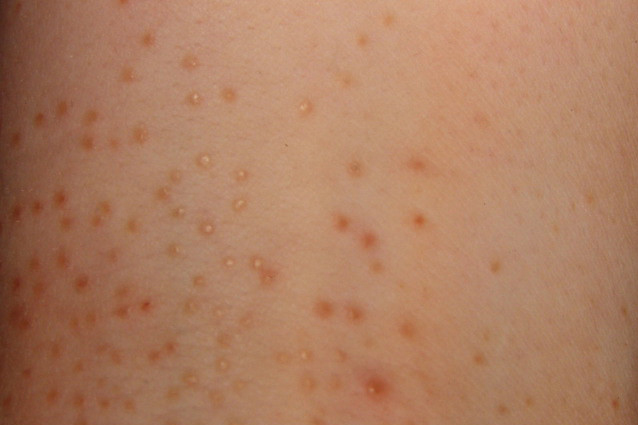
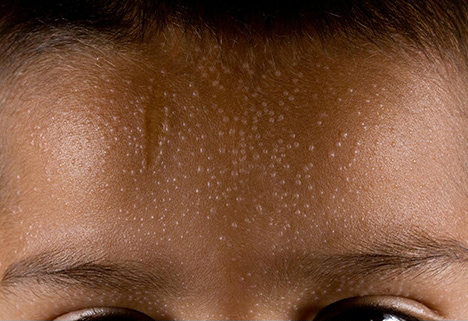
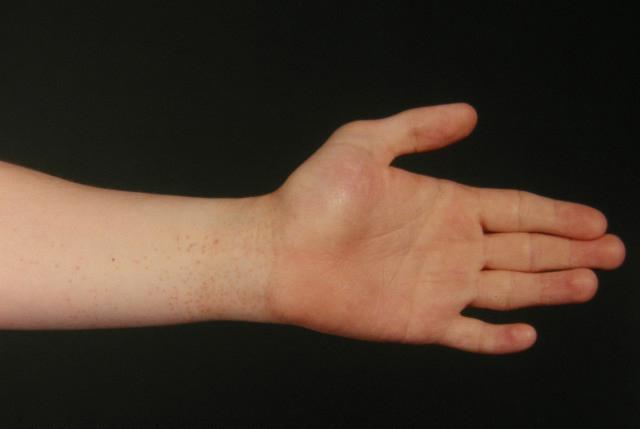
Clinical signs
Lichen nitidus is characterized by:
- Clusters of skin bumps (papules) of various sizes
- Papules are skin-colored, can vary from pink to dark brown, shiny, round, flat-topped
- In rare cases, they also appear in the mucous membranes, then the papules are flat and gray in color
- Sometimes nails are affected if the patient has a widespread form of the disease
- Localization: chest, abdomen, arms, genital area. It can migrate, disappearing in one place of the body, appearing in another
- In rare cases, itching may occur
The patient’s survey and examination data are usually sufficient to establish the diagnosis. In rare cases, a skin biopsy may be taken.
Treatment and prognosis
Lichen nitidus usually lasts from a few months to a few years. Often, the disease goes away on its own, and the skin remains unchanged. However, in the presence of itching or other bothersome symptoms, specific symptomatic treatment may be used. During the consultation, the treatment is selected for each patient individually.
For treatment can be used:
- hormone ointments
- topical retinoids
- other topical medications
- antihistamines
- phototherapy

Vitiligo – Why Do White Patches Appear on the Skin and How to Treat Them?
Vitiligo is a non-contagious skin condition characterized by white patches due to the loss of pigment. While it does not pose a direct threat to physical health, it can have a significant psychological impact. Learn what causes vitiligo, its symptoms, how it is diagnosed, and which treatment methods are currently available.
Hyperpigmentation: Causes, Types, and Modern Treatment Options
Hyperpigmentation is a common skin condition characterized by dark spots that appear due to sun exposure, hormonal changes, or skin damage. In this article, you will learn about the main types and causes of hyperpigmentation, as well as how to effectively treat it using modern dermatological methods and preventive care.
Pityriasis rosea
An acute, self-limiting, exanthematic skin disease that manifests as itchy, somewhat inflammatory, scaly rashes, usually on the torso, chest, and upper limbs.
iDerma
MB iDerma
Fabijoniškių g. 99, Vilnius
+370 670 70822
info@iderma.lt

